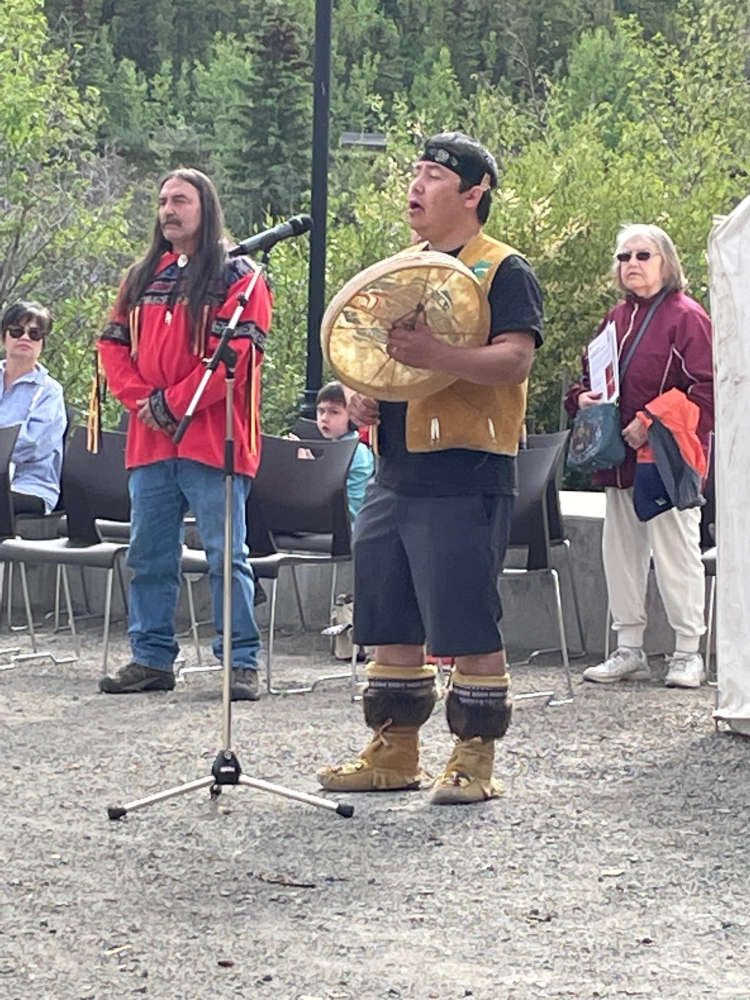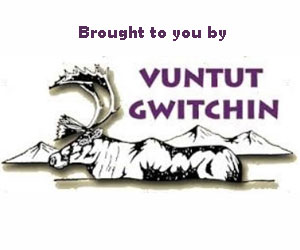
The Council of Canadian Academies released a report titled 'Top Climate Change Risks' which highlighted 12 areas at major risk of damage from climate change.
The Council of Canadian Academies released a report titled 'Top Climate Change Risks' which highlighted 12 areas at major risk of damage from climate change.
The 12 areas are: agriculture and food, coastal communities, ecosystems, fisheries, forestry, geopolitical dynamics, governance and capacity, human health and wellness, Indigenous ways of life, northern communities, physical infrastructure, and water. These risks were chosen based on potential for damage and urgency.
The report describes steps to adapt to these risks and the priority of each risk.
Dr. Bronwyn Hancock, Associate VP of Research Development at the Yukon College, says it's not too late, but the time to act is now "The thing that's really heartening is that we found that adaptation potential for lots of those risks, or our ability to reduce our vulnerability, or to be more resilient, is really high. So with the new adaptation action we can actually offset a lot of those risks. I think that's heartening but there's certainly urgency to act and there's certainly increasing impacts as a result of these risks, all across the country."
The discussion of climate change has been increasing in the past months as many communities, including Whitehorse, have put forward motions, or discussed declaring a climate change emergency. The introduction of the Carbon Tax has also increased debates about the best way to handle the changing environment.
Studies surrounding permafrost thawing have also been frequent lately, with new evidence showing possibly devastating impacts of melting permafrost. On June 10th, 2019, a study from the University of Fairbanks Alaska showed permafrost melting 70 years earlier than expected and at a rate 240 times considered normal.
When permafrost melts, it can release heat trapping gasses into the atmosphere like carbon dioxide and and methane. There is also the risk of flooding, erosion of infrastructure, and possibly even reanimation of diseases trapped in frozen organic matter.
Brian Horton, Manager of Northern Climate Exchange at the Yukon, says action is needed when it comes to thawing permafrost. "Permafrost is certainly affecting infrastructure, and it's affecting landscapes all around Yukon, N.W.T. and into Nunavut. So we've been working with communities and with highways, infrastructure, managers, engineers, trying to understand just how much the permafrost is changing, and to propose measures to help."
The next few years will prove crucial to the outcome of our environment in regards to climate change. The goal of the report is to outline the next steps to take and how to adapt to our shifting climate.
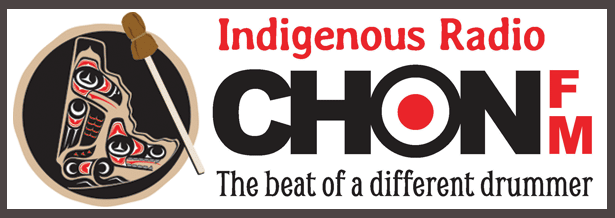
 The end of one Star sparks the birth of another
The end of one Star sparks the birth of another
 UPDATE: Missing First Nations Haines Junction residents located
UPDATE: Missing First Nations Haines Junction residents located
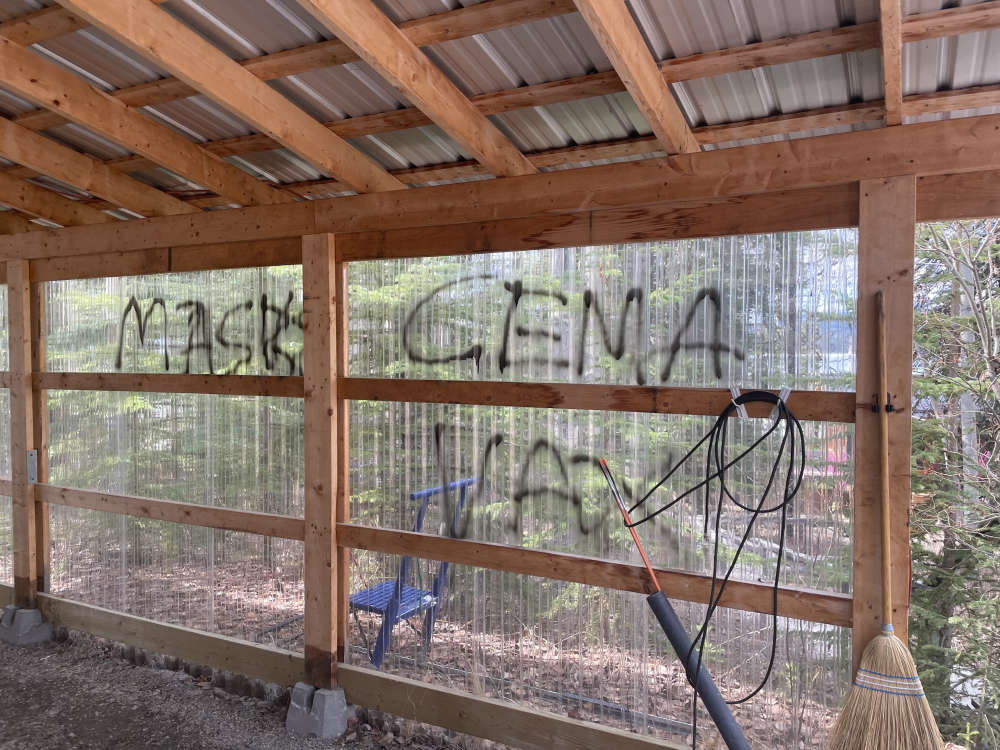 Minister's home vandalized with threats and profanity
Minister's home vandalized with threats and profanity
 Whitehorse Community Thrift Store donates $100K to community organizations.
Whitehorse Community Thrift Store donates $100K to community organizations.
 Whitehorse residential school ground searches completed
Whitehorse residential school ground searches completed
 Arrested parent accuses department of Education of escalating matters at Holy Family School
Arrested parent accuses department of Education of escalating matters at Holy Family School
 Government of Canada announce over $45M to protect Whitehorse Escarpment and Robert Service Way
Government of Canada announce over $45M to protect Whitehorse Escarpment and Robert Service Way
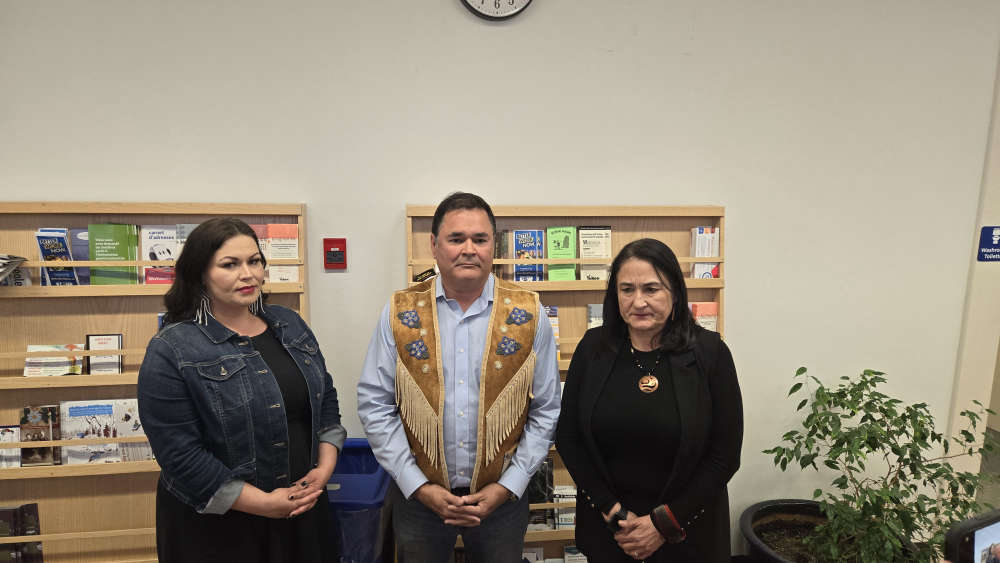 Yukon government passes Health Authority Act
Yukon government passes Health Authority Act
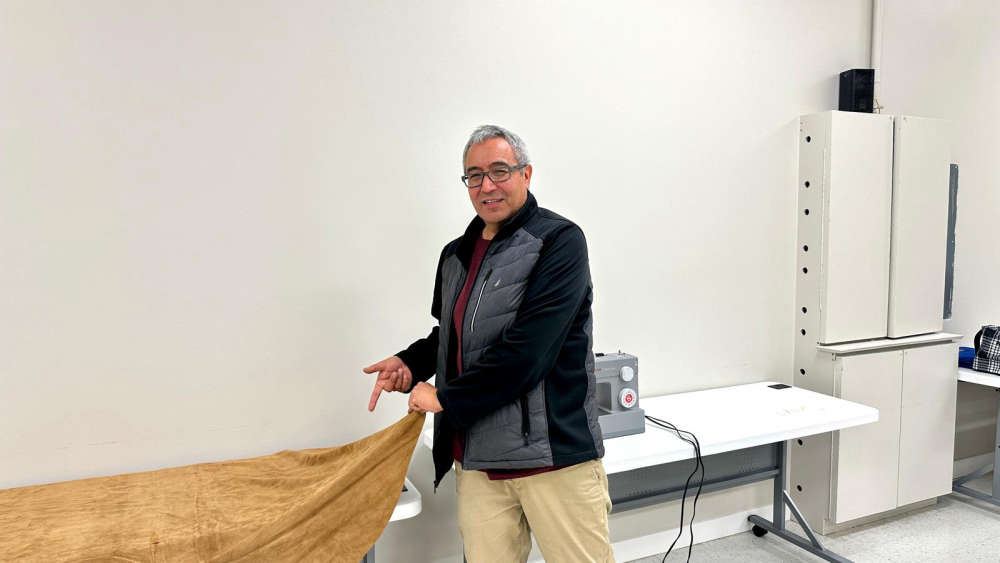 Regalia workshop for special traditional occasions holds in Whitehorse
Regalia workshop for special traditional occasions holds in Whitehorse
 Unity in the Community Walk for four Yukon women who died at the Whitehorse Emergency Shelter held in Whitehorse
Unity in the Community Walk for four Yukon women who died at the Whitehorse Emergency Shelter held in Whitehorse
 Testimony hearing into the deaths of four Yukon women comes to an end.
Testimony hearing into the deaths of four Yukon women comes to an end.
 Ground searches at two former Whitehorse residential school sites begin this week
Ground searches at two former Whitehorse residential school sites begin this week
 Coroner's Inquest sees footage of lifeless body ignored for more than 12 hours
Coroner's Inquest sees footage of lifeless body ignored for more than 12 hours
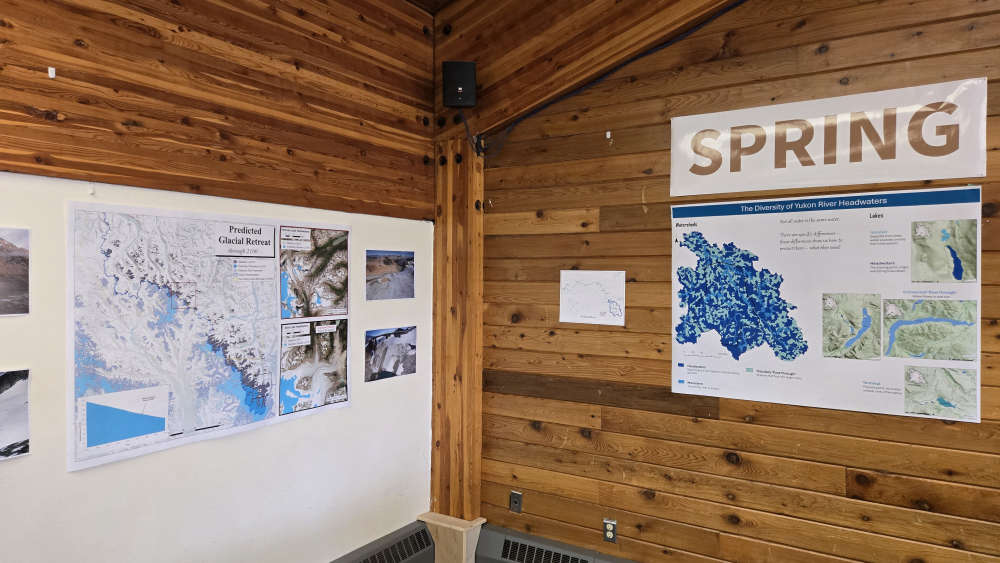 How We Walk with the Land and Water holds two open houses
How We Walk with the Land and Water holds two open houses
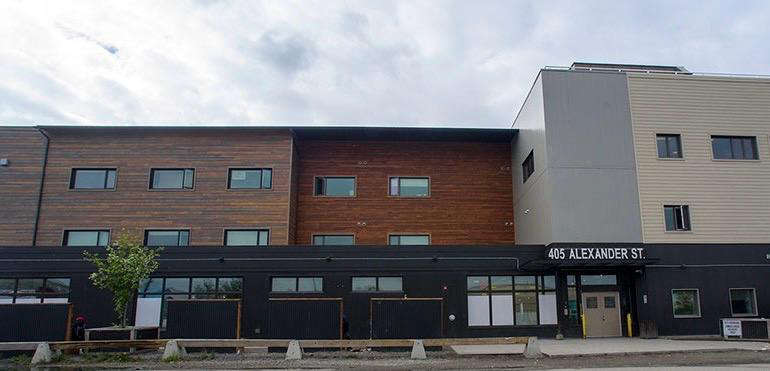 Whitehorse Emergency Shelter staff not trained for emergencies, inquest hears
Whitehorse Emergency Shelter staff not trained for emergencies, inquest hears
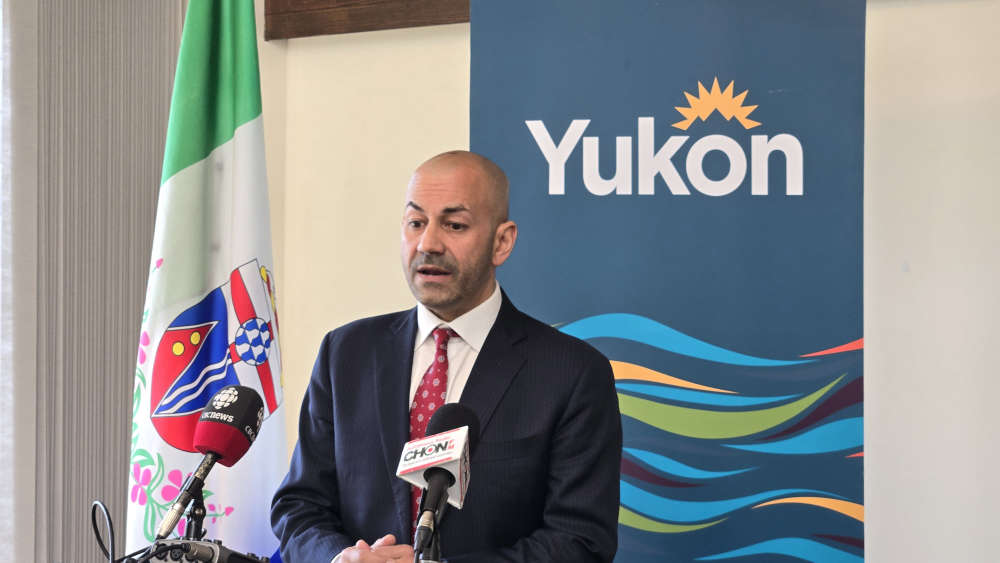 Premier pledges to meet with Yukoners living in tents to help them find housing
Premier pledges to meet with Yukoners living in tents to help them find housing
